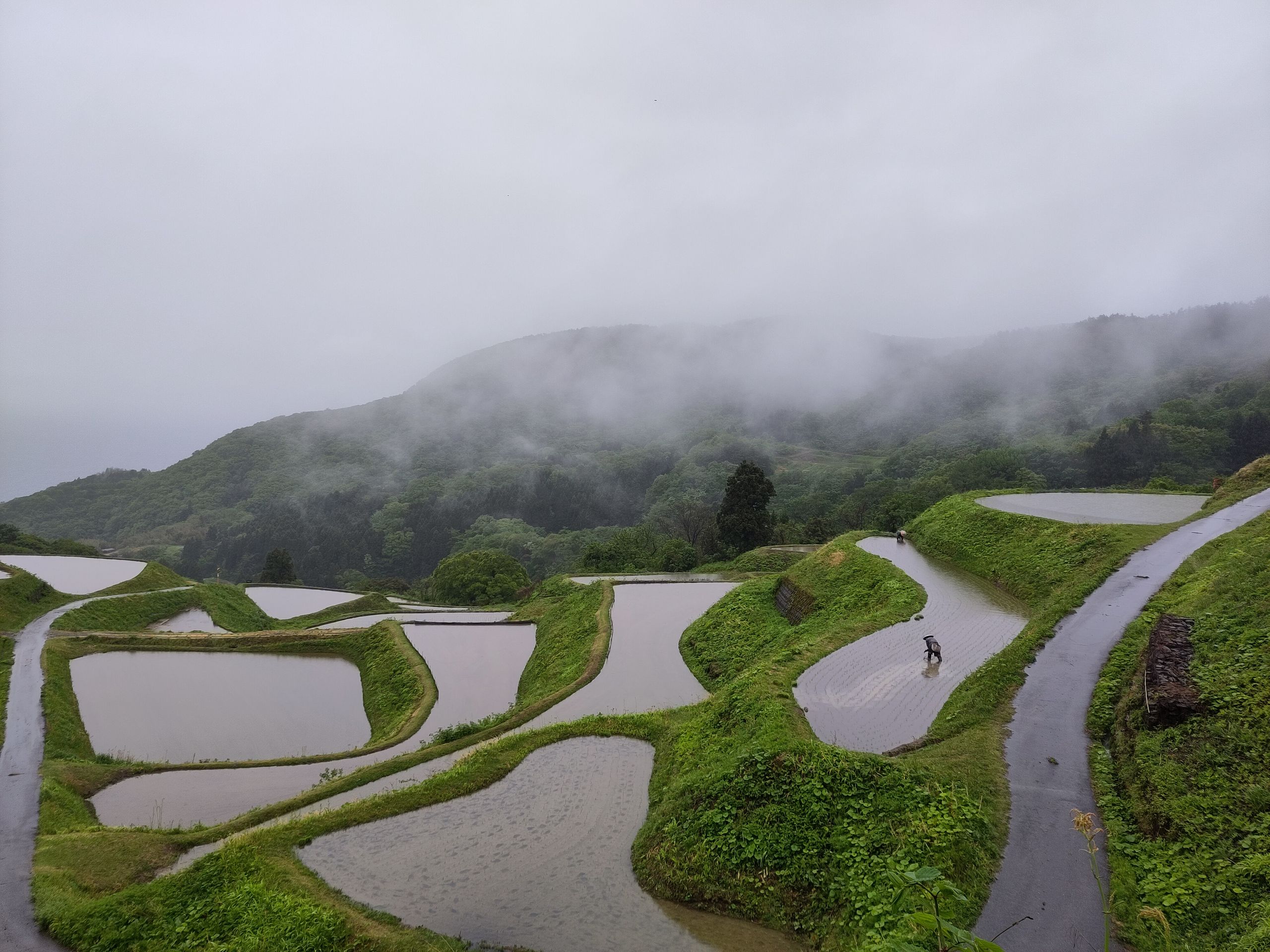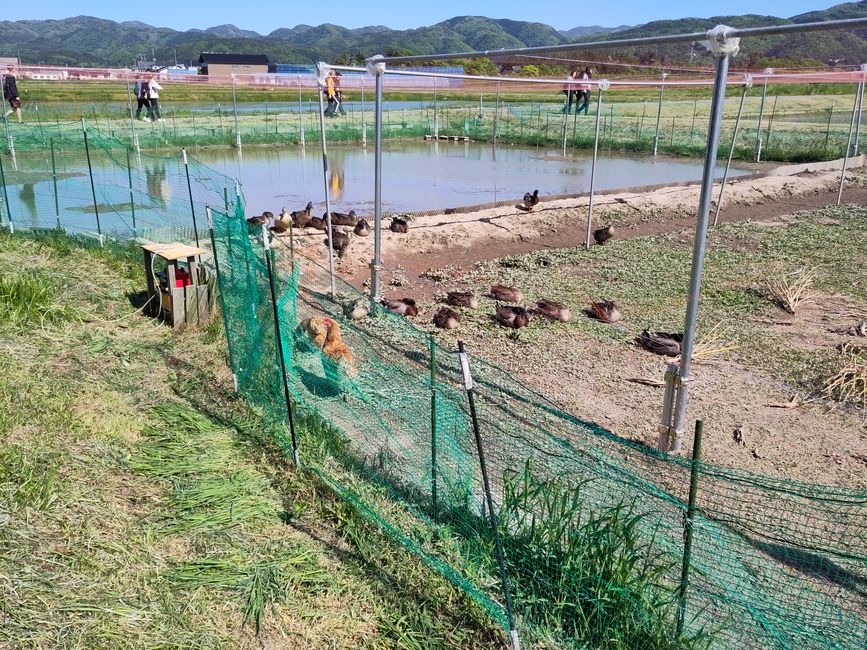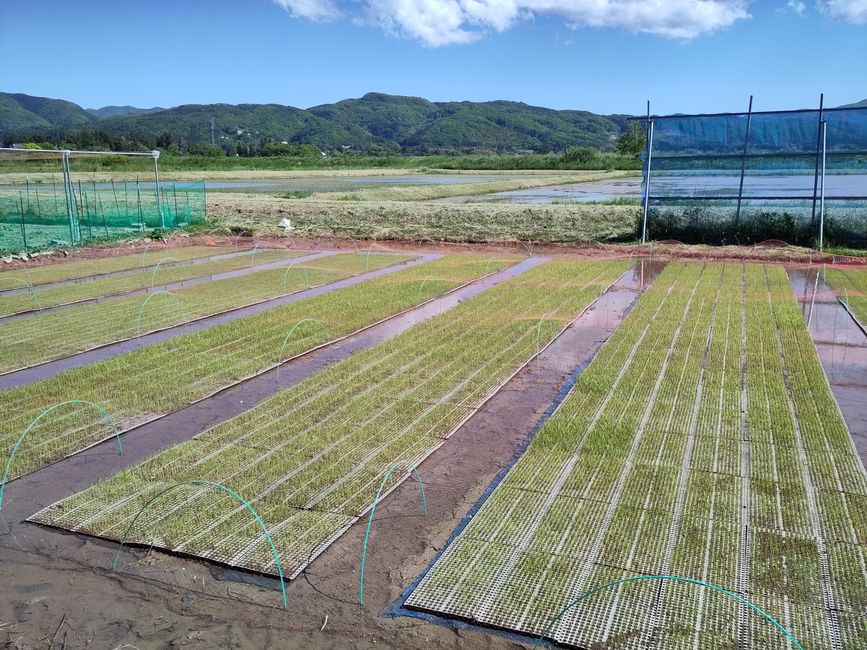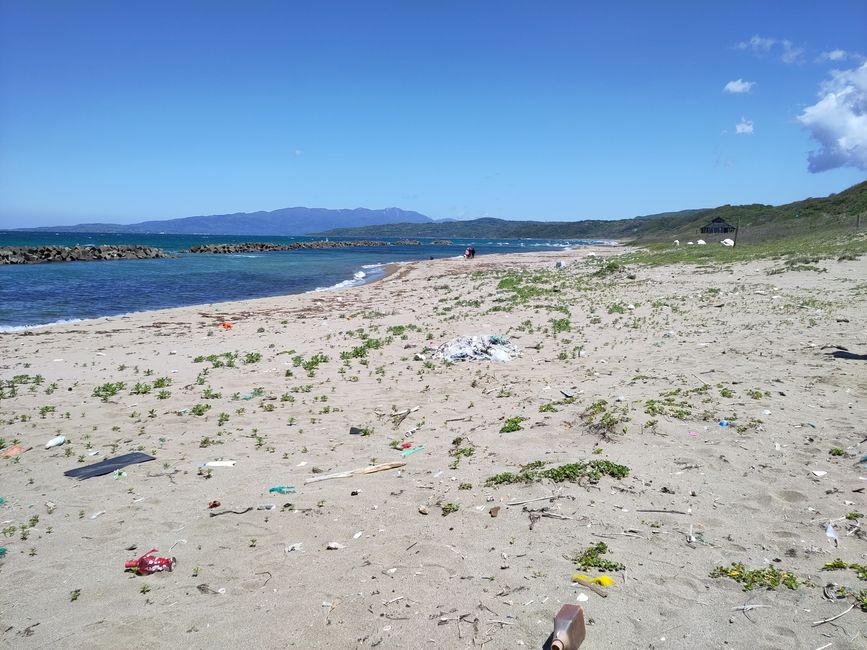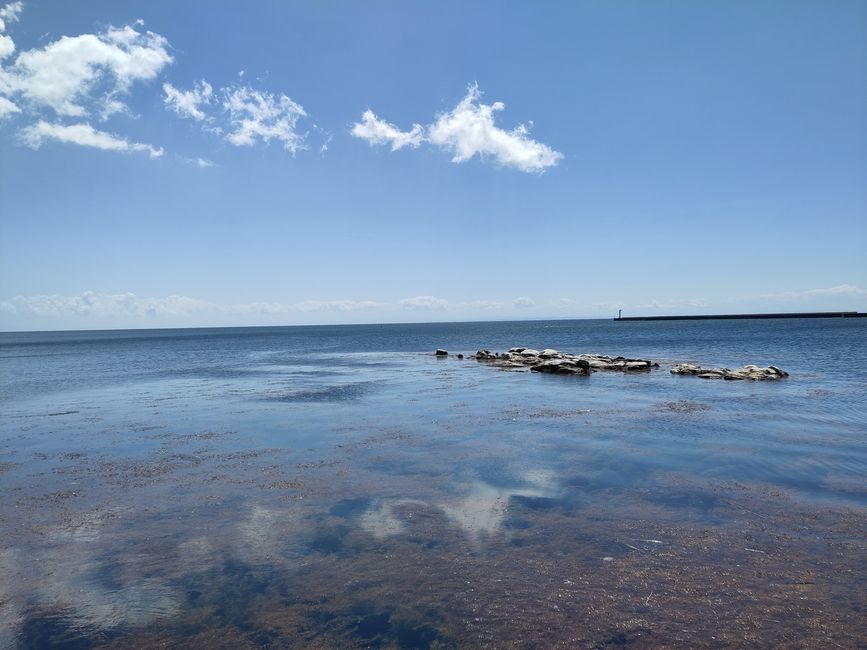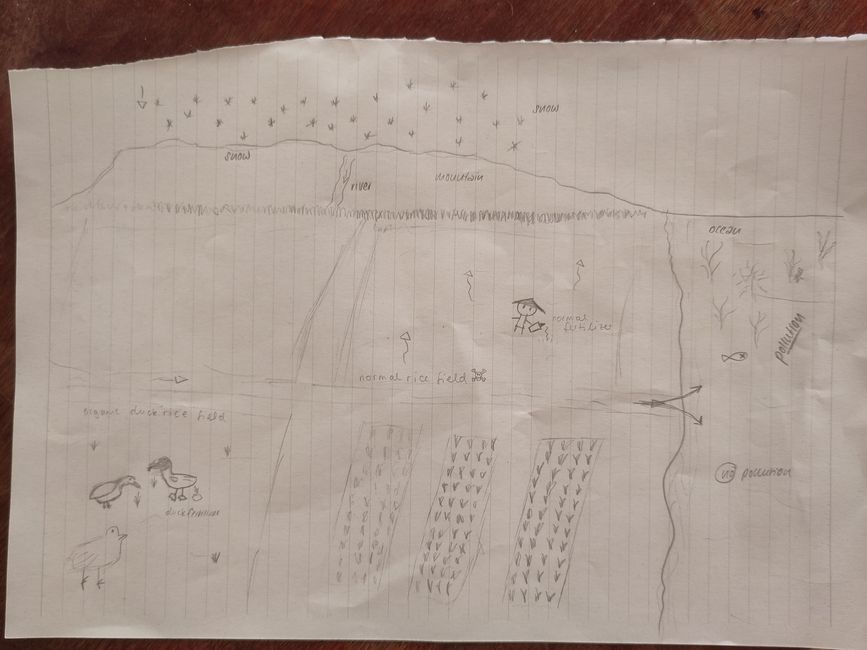Sado - Duck rice field and pollution documentation
Gepubliseer: 18.05.2023
Teken in op Nuusbrief
Since we are a large group with the school class, we split up into two groups and do the other activity in the morning and afternoon. Our group starts with the documentation of pollution at different places by the sea. We take the bus to the locations, look around for about 15 minutes, enter our assessment into the prepared form, and then move on to the next spot. In conclusion, although Sado is a sparsely populated island, there are many 'busier' roads by the sea that can cause light and noise pollution. But the worst, probably everywhere, is the plastic waste. There is at least a little something at every location, nowhere is it completely clean. At a viewpoint, you can even find trash that was obviously placed there and not washed up by the sea. It's really sad that on this beautiful island, we didn't see a single clean beach all day. But hopefully that will change in the next few days (small spoiler).
After lunch break, we switch with the other group and visit a rice field owned by a farmer who values using as few artificial weed killers and fertilizers as possible. To do this, he gets help from chickens and ducks, which eat weeds and pests before he plants the field and fertilize the field with their droppings. Additionally, he has developed a method of growing seedlings longer in seedling trays and later transplanting them into the field. This gives the rice seedlings an advantage over the weed plants that are constantly eaten by the ducks. He also allows the grass on the edges to grow higher than most, as important insects live there that contribute to good soil quality. He would like to see more people using less environmentally harmful substances in the cultivation of rice and vegetables, but many of the rice fields belong to older people who have been growing rice their whole lives and are hard to convince to change their habits. When growing rice, it is always important to get along well with your neighbors, as the rice fields are close together and interconnected in terms of water and the surrounding green strips. After his presentation, we have the task of painting a picture of the environment and illustrating how the different areas of the landscape are connected. In winter, the mountains collect water in the form of snow, which melts in spring. The water is used to fill the rice fields and is then directed into the sea after rice cultivation. If you now use a lot of chemicals in cultivation, they end up in the sea like pretty much any garbage. The fertilizer causes algae to multiply rapidly and cover the water surface, so that hardly any light gets under the surface. This makes it difficult for other animal and plant species. Therefore, it is important to find methods of agriculture that do not harm the environment in this way.
After lunch break, we switch with the other group and visit a rice field owned by a farmer who values using as few artificial weed killers and fertilizers as possible. To do this, he gets help from chickens and ducks, which eat weeds and pests before he plants the field and fertilize the field with their droppings. Additionally, he has developed a method of growing seedlings longer in seedling trays and later transplanting them into the field. This gives the rice seedlings an advantage over the weed plants that are constantly eaten by the ducks. He also allows the grass on the edges to grow higher than most, as important insects live there that contribute to good soil quality. He would like to see more people using less environmentally harmful substances in the cultivation of rice and vegetables, but many of the rice fields belong to older people who have been growing rice their whole lives and are hard to convince to change their habits. When growing rice, it is always important to get along well with your neighbors, as the rice fields are close together and interconnected in terms of water and the surrounding green strips. After his presentation, we have the task of painting a picture of the environment and illustrating how the different areas of the landscape are connected. In winter, the mountains collect water in the form of snow, which melts in spring. The water is used to fill the rice fields and is then directed into the sea after rice cultivation. If you now use a lot of chemicals in cultivation, they end up in the sea like pretty much any garbage. The fertilizer causes algae to multiply rapidly and cover the water surface, so that hardly any light gets under the surface. This makes it difficult for other animal and plant species. Therefore, it is important to find methods of agriculture that do not harm the environment in this way.
Teken in op Nuusbrief
Antwoord (2)
Kai
Du hast bestimmt auch dein Bild fotografiert, richtig? 😉Bäric
Die Enten und deine premium Landkarte werten den Blog schon immens auf. Mega noice👍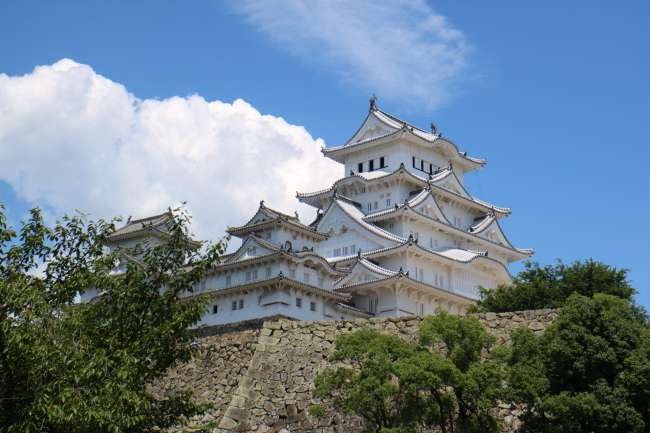
Reisverslae Japan
